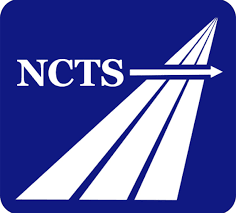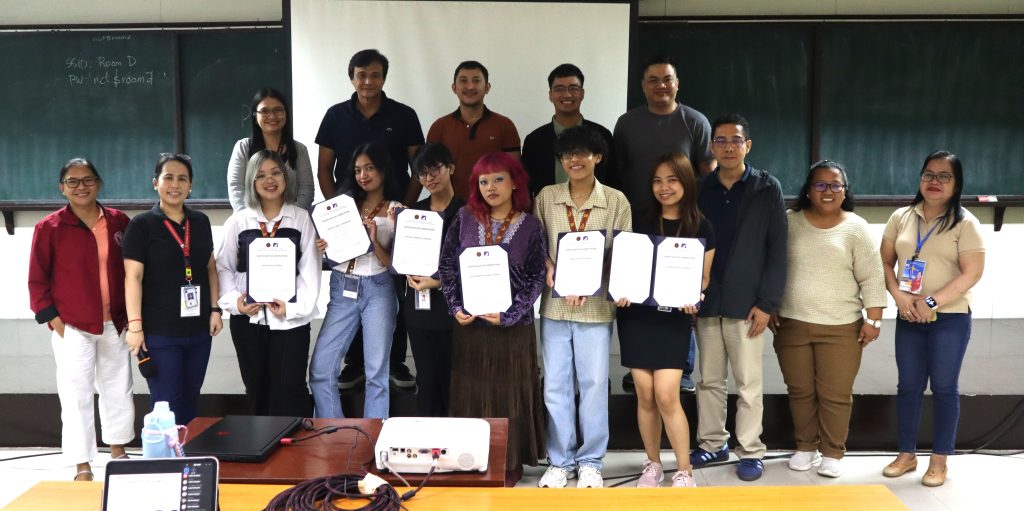

Group photo / Introduction of the Program
The training featured comprehensive learning sessions handled by a team of resource persons. Dr. Sandy Mae A. Gaspay, Associate Dean of the UP Institute of Civil Engineering, delivered a presentation on the Philippine Road Safety Action Plan. Dr. Jose Regin F. Regidor, Director of the UP Institute of Civil Engineering, did an insightful presentation regarding commuting characteristics of schoolchildren. University Extension Specialist Sahid A. Kamid led discussions on SR4S attributes and child-responsive urban planning, while University Extension Associate Glenn Simon D. Latonero delivered sessions on Introduction to iRAP, the SR4S process, SR4S survey familiarization, field demonstrations, and online tool registration. The NCTS facilitators supported workshops, data consolidation, and participant presentations throughout the program.

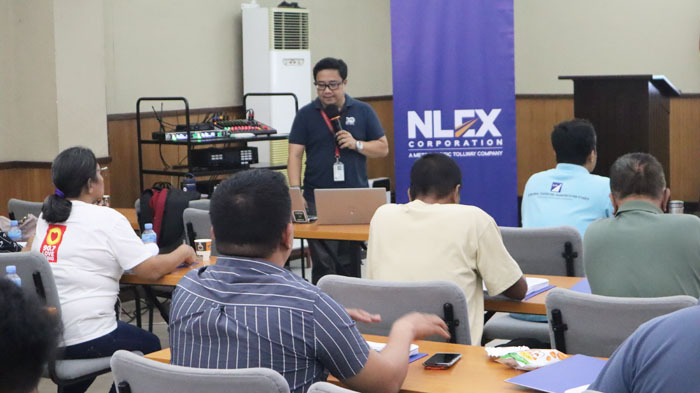
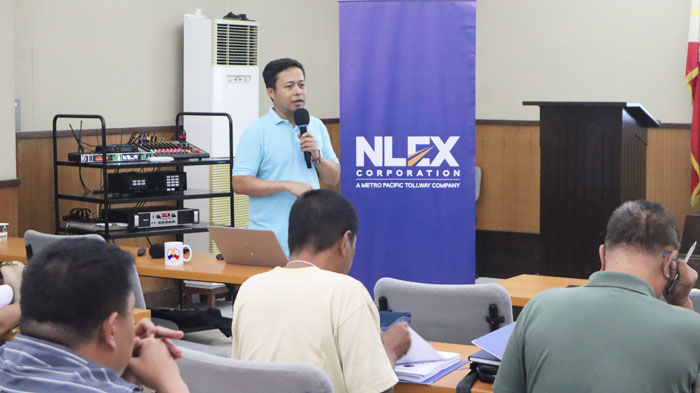
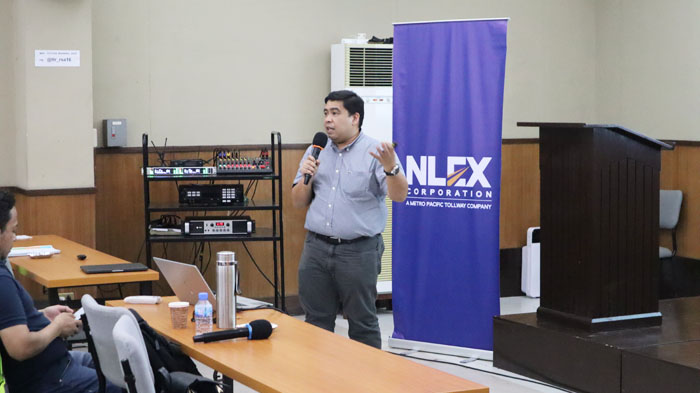
Learning Session with (from top-left, clockwise) Dr. Sanday Gaspay, Mr. Glenn Latonero, Dr. Jose Regin Regidor, and Mr. Sahid Kamid
Field activities formed the core of the capacity building. Participants conducted actual SR4S surveys within the UP Diliman campus, then applied the same methods in three pilot schools, specifically Mariano Ponce Elementary School in Manila, Amucao High School in Tarlac, and Grace Park Elementary School in Caloocan. They gathered data on road features, pedestrian facilities, traffic flow, and safety hazards, then encoded their findings into the SR4S portal. During the presentation sessions, the NCTS technical team reviewed data completeness and accuracy, clarified observations, and demonstrated how preliminary star ratings and potential safety interventions can be generated using the iRAP SR4S web application.
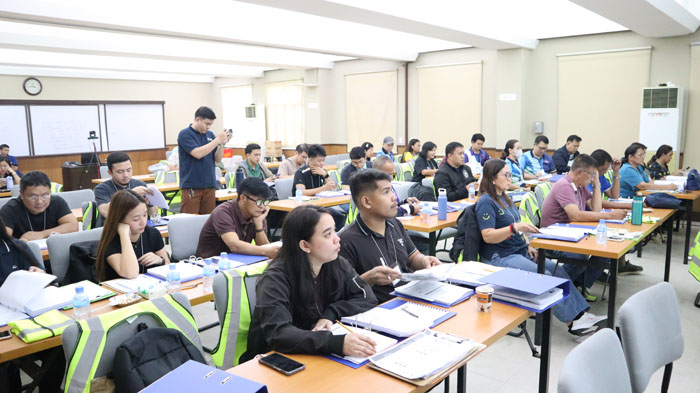
Learning Session
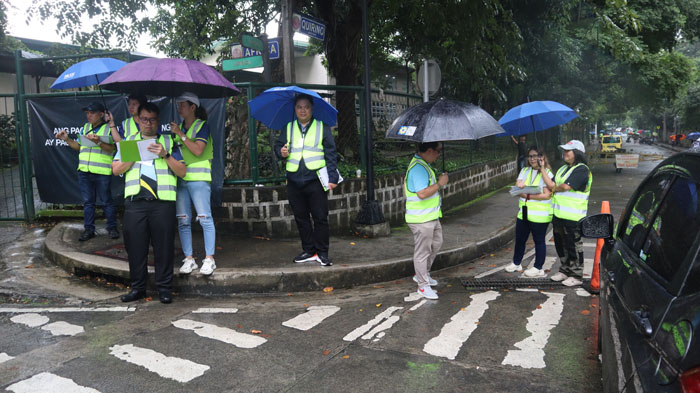
Practice Fieldwork
The activities established a strong foundation for multisector engagement and sustained road safety action, demonstrating how coordinated efforts can meaningfully contribute to safer school zones across the country.
